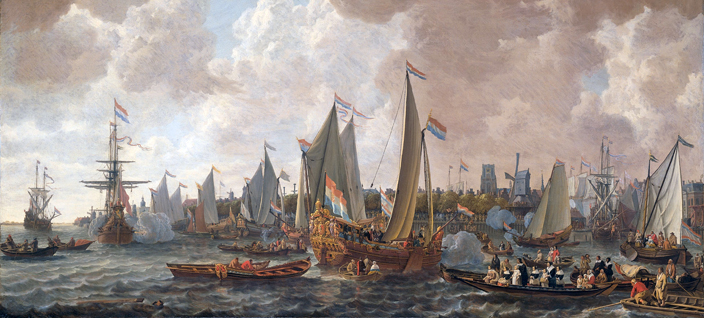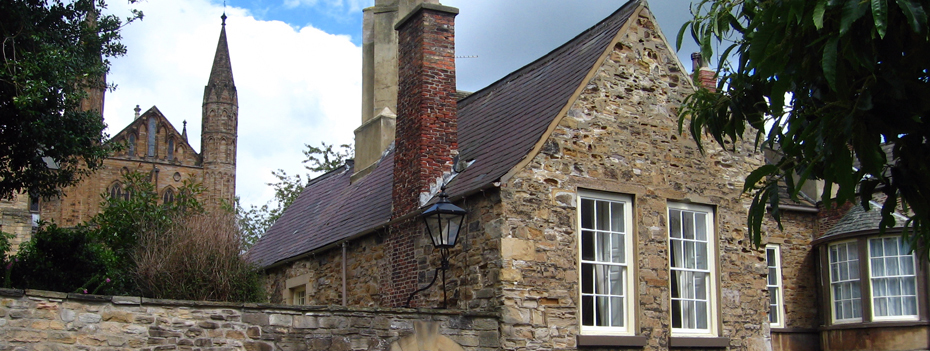Plans for a College in Durham
A Scheme under Henry VIII
As part of Henry VIII’s grand scheme to remodel existing religious establishments, there was a plan to establish a college in Durham.
But this never came to fruition – although the idea of connecting education to the church in Durham was maintained by the provision of a grammar school with a headmaster, second master and 18 ‘King’s Scholars’.
A Scheme under Oliver Cromwell
The distance to Oxford and Cambridge from Durham led to renewed interest in establishing college in Durham in the late 1640s.
It was noted that people who had travelled so far south to study rarely returned to the north. The advantages of a college in Durham would be that it would retain northerners in the north, and that it would attract ‘foreigners’ as well.

Detail of the document drawn up by Oliver Cromwell in 1657 to formally establish an institution of higher learning in Durham.
© Durham Cathedral
The Availability of Space
Space and resources for a new college were available: An Act of Parliament passed on April 30th 1649 dissolved all Cathedral and Collegiate Chapters. This meant that in Durham, the Bishop, Dean, and other clergy were turned out of their homes, and the Cathedral and its precinct lay empty, as did Durham Castle. An educational establishment could be founded in these vacant buildings.
A College, but not a University
A Durham college took several years to come into being. However, on May 15th 1657, letters issued by Oliver Cromwell and his privy council approved the creation of an independent Durham College, which was to consist of “A provost, two preachers or senior fellows, and twelve other fellows, four of whom to be professors, four tutors, and four school masters”.
The student body was to comprise “24 scholars, twelve exhibitionists and eighteen scholars (school boys) in the free school attached”.
However, the college, which was to be founded within the site of the former Prebendal College, the Cathedral, and Castle, did not have the authority to confer degrees.

Charles the second returning to England in 1660.
The Restoration and the End of an Idea
Attempts to raise Durham College to University status met with strong resistance from Oxford and Cambridge, and consequently, a grant drawn up for that purpose by Oliver Cromwell’s son, Richard, the Lord Protector, was never sealed.
The restoration of the monarchy in 1660 meant the restoration of Durham Cathedral to its former administrative structure – there was therefore no place for Durham College, which could no longer make a legitimate claim to use the Cathedral and Castle complex.
With the Durham Cathedral establishment back in place, ‘Cromwell’s College in Durham’ came to an end.

